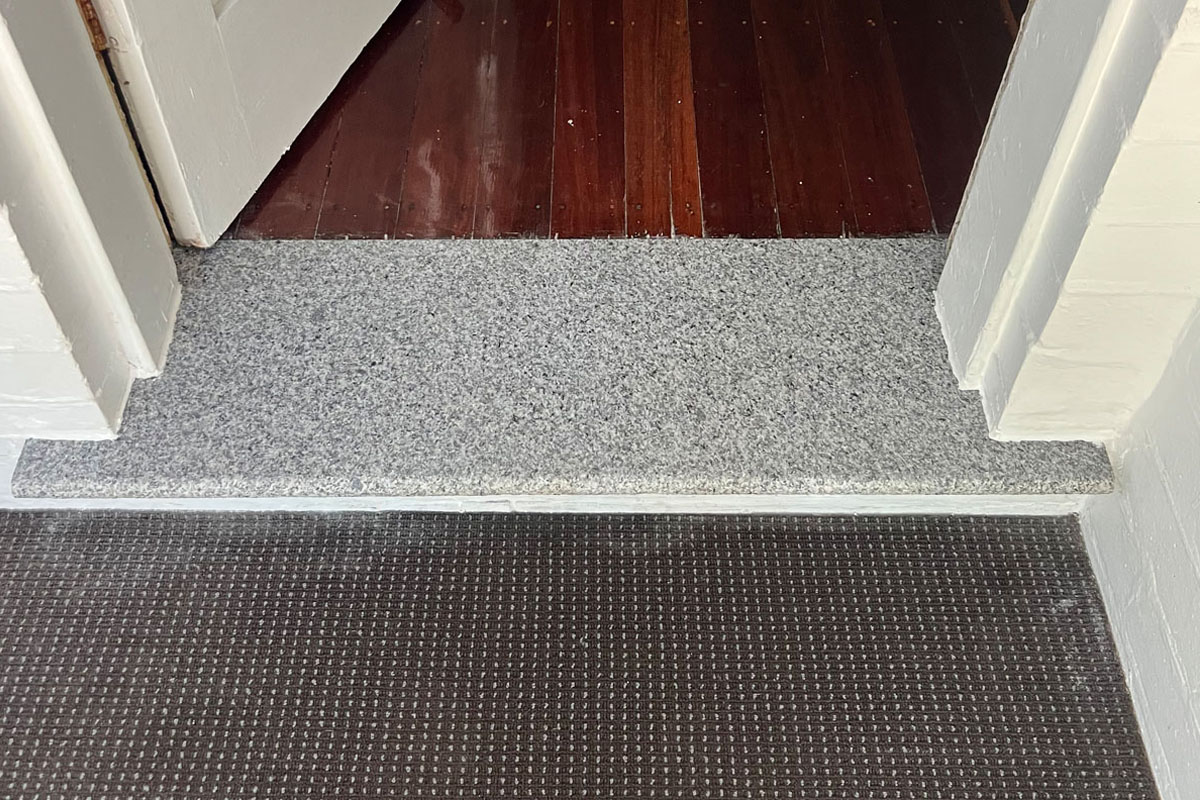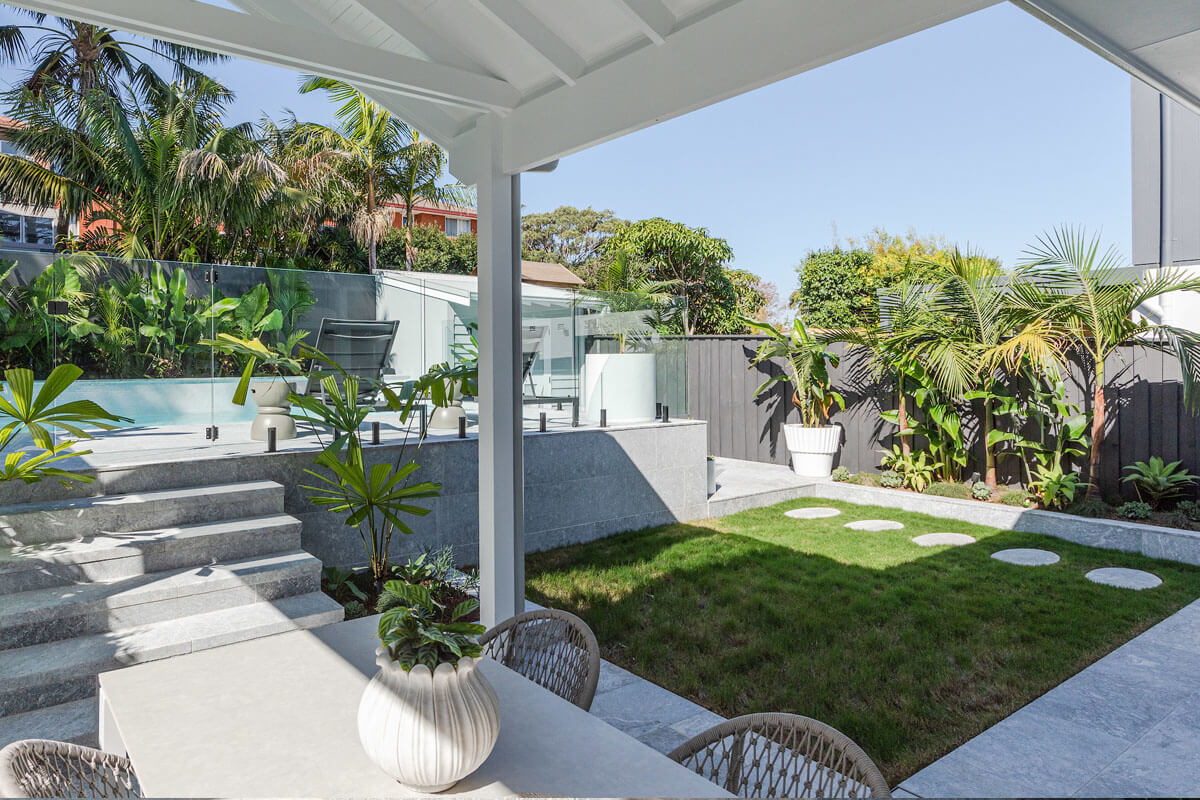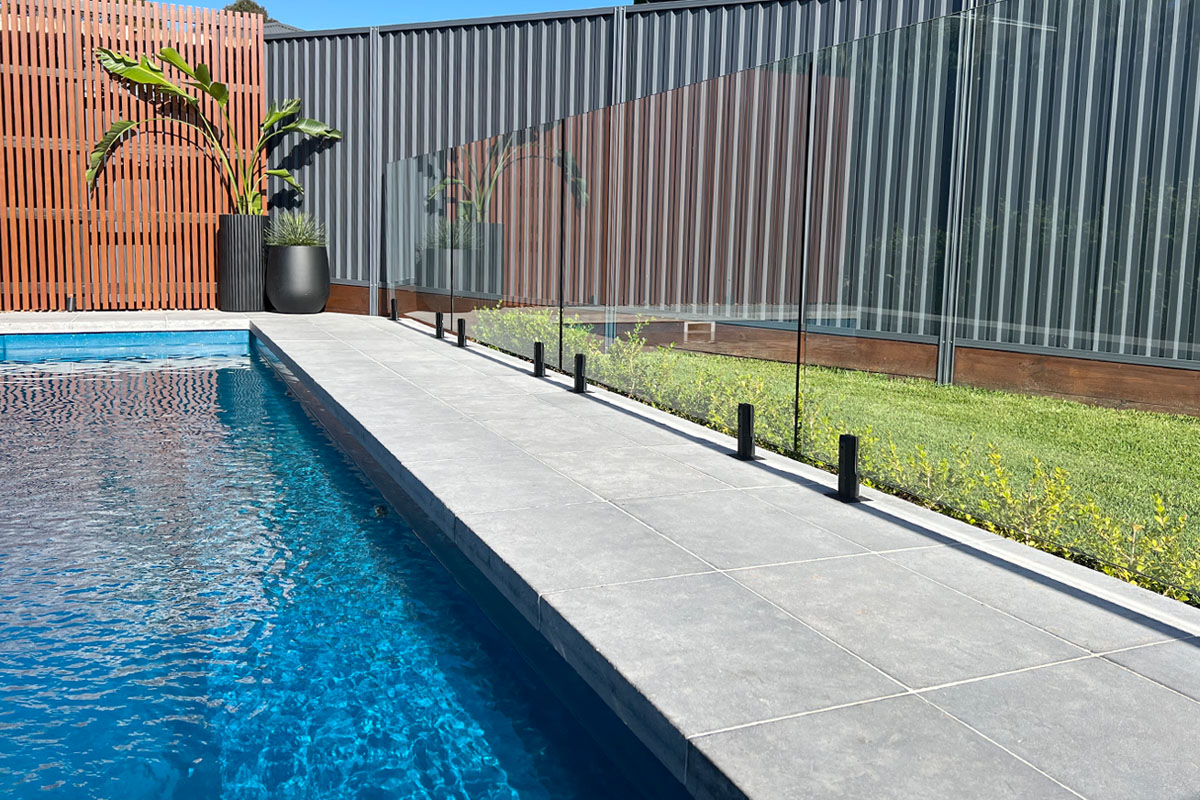How to Design a Practical Garden with Edible Plants
With the rising of the Wellness Revolution, there is an increasing demand and interest in health food, organic food and eating better.
Along with this, more and more people are transforming their gardens into something practical for day-to-day living.
These gardens – with fruits, vegetables and herbs – are known as ‘edible gardens’.
So if you’re looking to make your garden that little bit more practical, this article will help you design it correctly.
Ready?
Let’s begin!
What is edible garden landscaping?
First and foremost, what is an edible garden? Well, basically it’s a garden whose contents – whether they are fruits, vegetables, herbs or flowers – can be eaten. Planting a garden like this is like creating the best of both worlds; the garden is aesthetically beautiful to look at and it’s also good for you because you can (quite literally) eat the fruits of your labour.
There are actually plenty of plants that you wouldn’t expect to be edible – like rose petals and a variety of other flower petals – but are. There are also plenty of edible plants that are aesthetically pleasing on the eye like the blossoms of chives and passion fruits. Meanwhile, other plants like the red and green foliage of lettuce and beetroots, are ideal for garden borders or ground-cover.
Our biggest recommendation with planting edible gardens is creating one where every plant serves more than one purpose. For example, if you plant grapes, you’ll have fruit to eat and to ferment into wine, and if you grow the grapevines over a trellis or arbour, it’ll provide shade for the other plants as well.
Another classic example of plants that perform a helpful dual function are herbs: they’re both aesthetically pleasing and adding flavour to our meals. Examples of herbs that will add a spectacular display of colour to your garden include lavender, chicory, chives, marjoram, rosemary and sage.
![]()
What is companion planting?
If you are keen to reduce the amount of chemicals you use in your garden but you want to protect plants that are susceptible to bugs and garden pests, plant them with complimentary ‘companion plants’. These are typically pest-repellent plants that you can strategically place near those plants that are more prone to attract bugs and pests. Examples of pest-repellent plants include marigolds, lavender, daisies, fennel, dill, rosemary, basil and petunias: all of which make excellent companion buddies for the bug-attracting plants like fruit trees and berry bushes.
Other companion plants you can utilise in your edible garden include climbing and understorey plants such as acacias, casuarinas, grevilleas and banksias. These have a two-fold function because they add beauty to the garden and simultaneously provide important support to the garden ecosystem by supplying it with nitrogen fixation, nutrient accumulation, mulch for the ground-cover and a habitat for the wildlife. Planting larger trees at the edges of your garden is also a good strategy for your edible garden because they provide multiple uses like shade, windbreaks and privacy screening – all of which are important for your garden to grow comfortably and abundantly without being exposed to sunburn and environmental factors.
Garden basics: what to consider
Now, before you actually start planting your garden, it’s important to plan and design it. Within this plan, there are a few notable factors we suggest you consider. These include:
- Sun – All living creatures need the sun to provide them with essential nutrients for growth. However, the amount of sun they need is different. Some plants flourish in constant and direct sunlight, while others thrive of partial or limited sun. So it’s very important to determine these before actually planting your garden. Questions to ask include: where does the sun move during the day and how much is one area exposed to the sun compared to another? Where are the afternoon hot spots in summer, the sunny spots in winter, the spots that remain shady all year round? Determining these points is important in choosing which plants will grow most abundantly in which spots of your garden.
- Wind – The wind can cause a lot of havoc to vegetation, which is why it’s important to determine how much wind your garden exposed to. Next, figure out which direction do the warm and cold winds come from? Are there any natural windbreakers – like trees or buildings – already present in your garden that you can take advantage of, or, will you need to construct them instead?
- Water – All plants need water to grow. Some important considerations for this is checking if your garden has good drainage because if there is too much rain, it can be damage some plants that need less water than others. One way to check the drainage is to dig a few small holes in different positions, fill them with water and time how long the water takes to drain away. Good drainage rate range from one and six inches per hour, while any more or less than this indicates excessive drainage (usually with sandy soil) or poor drainage (usually with clay soil). These can be improved by adding compost or mulch.
- Soil – The fourth important component in any good garden – especially an edible one – is ensuring that the soil is of high quality. The plants will feed off the nutrition from the soil and then you will eat those plants, so you want to make sure that they get adequate nourishment. The ideal soil for your garden should be free draining, rich in organic matter and have a neutral to slightly acidic pH level (6 to 7). To see whether the pH levels need adjusting, go to any plant nursery and invest in a soil test kit. Acidic soils can be adjusted by digging in calcium (i.e. lime), while alkaline soils can be improved over time by adding sulphur and compost to them.
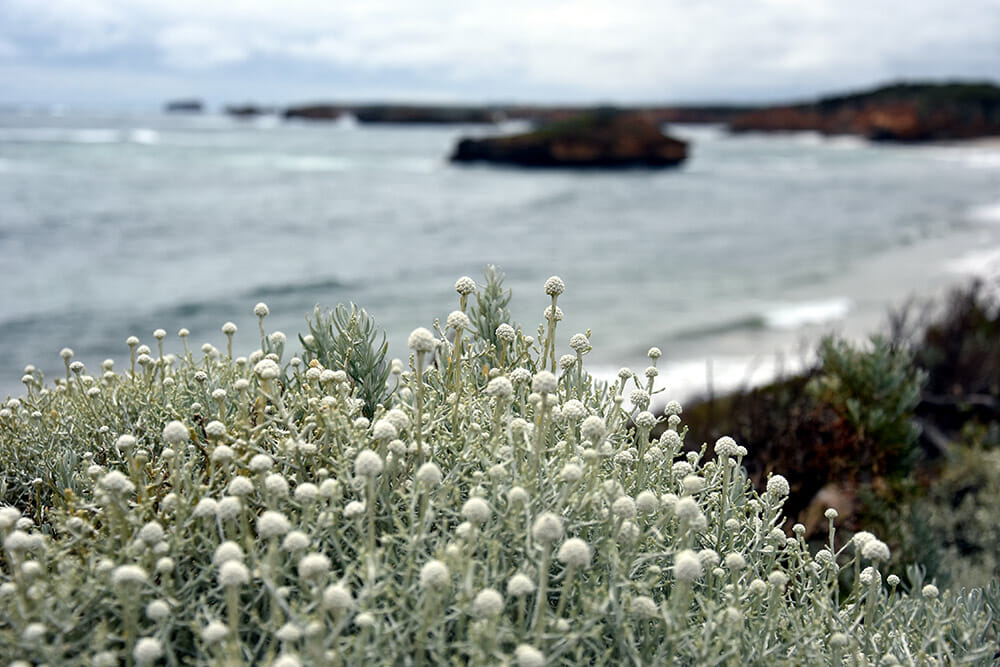
Designing and landscaping your edible garden
Once you have a rough idea of what you intend to grow in your garden, it’s time to consider the design and make it practical, aesthetically pleasing and easy to access and maintain.
If your garden is a kitchen garden, you should try and locate it as close to the house as possible so that you can just pop out and grab whatever veggies, herbs or other edibles that you need. In permaculture terms, this is known as the ‘oftenest-nearest’ principle, where plants are located according to how often they’re used.
If you want to make it easier to access your garden, raised garden beds are a good idea and the edges can double as garden benches when you just want to sit outside to soak up some sun. If you choose to raise the garden beds, choose stone borders over timber ones because timber tends to rot over time and stone faced beds will help warm the soil faster for longer, helping to extend the summer season for your plants.
Other ways to protect your edible plants is by incorporating walls into your garden as they’ll not only act as windbreaks but also provide climbing space for espaliers and vines, along with being an aesthetically pleasing backdrop for your garden, particularly if the wall is constructed using bricks or stone. If you’re opting for a stone option, stone cladding is a more affordable solution if your budget won’t stretch to building an entire wall made of stones. Check out our stone cladding online here or visit our Sydney showroom in Glebe for inspiration and ideas.
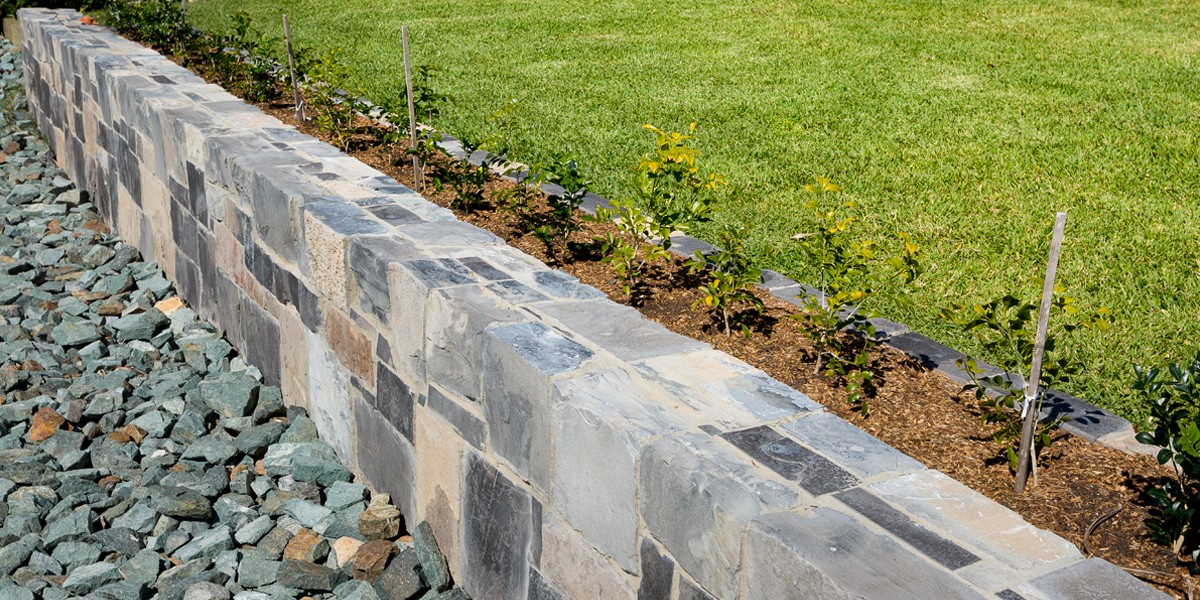
Installing clear divisions and paths between your garden beds and the garden’s perimeter is a wise idea so that visitors and others do not trample through the garden and destroy your hard work. The best materials for this are stone pavers or stepping stones because they look good, are easy to clean and provide sure footing. If you add weed block under them, they will keep weeds at bay as well. So it’s really a win-win-win solution for your edible gardening needs.
We hope you enjoyed this article and in case you need any more help planting your edible garden, or adding natural stone wall cladding, pavers or stepping stones, reach out to our stone experts at Armstone online or at 1300 560 560. We would love to help bring your garden design to life and answer any questions.
